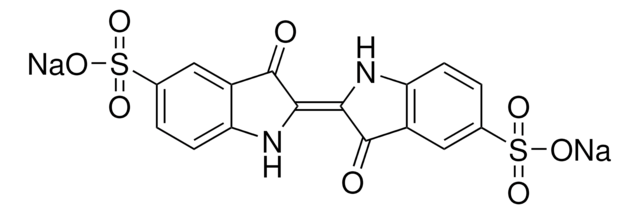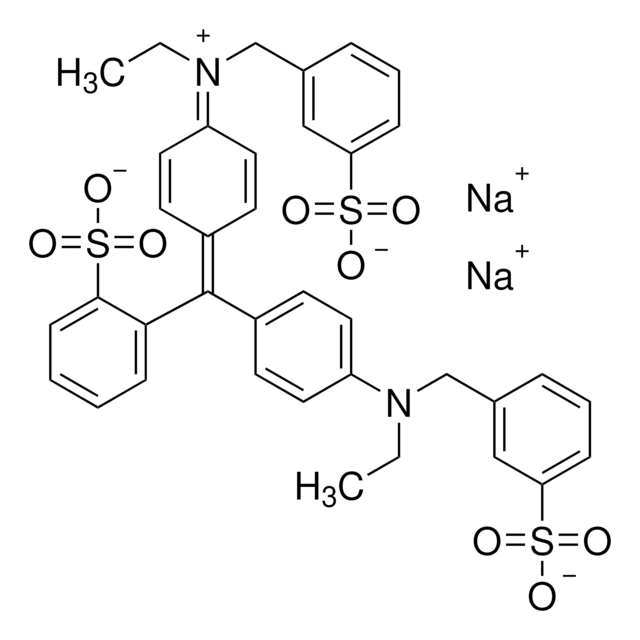81240
Poly(ethylene glycol)
average Mn 4,000, hydroxyl
Synonym(s):
Polyethylene glycol, PEG
About This Item
Recommended Products
product name
Poly(ethylene glycol), average Mn 4,000, platelets
biological source
platelets
Quality Level
form
powder
mol wt
Mn 3,500-4,500
average Mn 4,000
mp
58-61 °C
Ω-end
hydroxyl
α-end
hydroxyl
SMILES string
C(CO)O
InChI
1S/C2H6O2/c3-1-2-4/h3-4H,1-2H2
InChI key
LYCAIKOWRPUZTN-UHFFFAOYSA-N
Looking for similar products? Visit Product Comparison Guide
General description
Application
- in PEG-directed gene delivery of protoplast transfection and incubation
- to prepare extraction for measuring cytosolic phosphoenolpyruvate carboxykinase (PEPCK) from plant tissues
- as DNA transformation agent in a study of transient gene expression of plant protoplasts, derived from rice leaf sheaths.
- in preparing isothermal assembly buffer and TSS broth preparation for unique nucleotide sequence (UNS)-guided assembly of repetitive DNA parts
- in transformation of DNA into log-phase cells of the budding yeast Saccharomyces cerevisiae.
- as DNA transformation reagent
Other Notes
Storage Class Code
11 - Combustible Solids
WGK
WGK 1
Flash Point(F)
Not applicable
Flash Point(C)
Not applicable
Personal Protective Equipment
Regulatory Listings
Regulatory Listings are mainly provided for chemical products. Only limited information can be provided here for non-chemical products. No entry means none of the components are listed. It is the user’s obligation to ensure the safe and legal use of the product.
JAN Code
81240-5KG:
81240-VAR:
81240-BULK:
81240-6X1KG:
81240-1KG:
Choose from one of the most recent versions:
Already Own This Product?
Find documentation for the products that you have recently purchased in the Document Library.
Customers Also Viewed
Our team of scientists has experience in all areas of research including Life Science, Material Science, Chemical Synthesis, Chromatography, Analytical and many others.
Contact Technical Service




